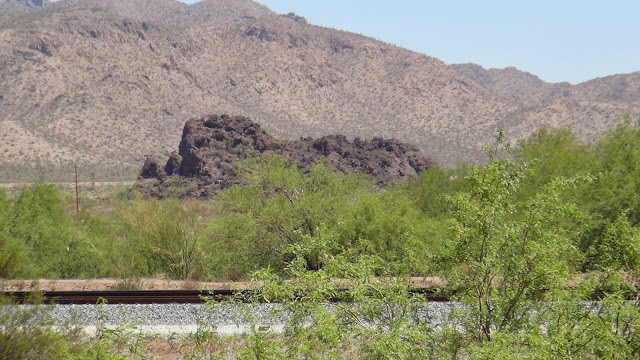One windy day in the spring of 2011 I was
on my second day of an incredibly informative guided tour of the Flanders
Fields battlefields in Belgium,
and had enjoyed the knowledge – and passion – of my guide. Most of our tour had
been to places that the typical “double-decker” tour doesn’t go, but we were
now at Hill 62 – Sanctuary Wood – and apparently this stop was a requisite of
school groups.
 |
| Near Hill 62 - Flanders |
On the site is a museum that might
be described as a jumble of interesting items brought in from the battlefield,
and behind that is a series of trenches that likely date from the war, though I
understand some historians argue as to whether they’re “real.” Still, there is
no debating that Hill 62 was the scene of some of the fiercest fighting during
the Great War. And as we stood there that day, among those trenches, young
teenagers were bounding about, laughing, and having a great time on a field
trip. Their actions felt inappropriate to the place, but having been young once
upon a time, I was perhaps a bit more forgiving than I might otherwise have
been. Suddenly, having seen enough, our guide spoke up: “Have some respect. Men
died here.” And that was it. And that was enough.
For as long as I can recall I’ve
enjoyed military history. I grew up with stories of my Confederate ancestors,
told as only a grandmother can tell, and would listen intently to any old man
who would start into a tale from “the war”, regardless of which war it was. And
as I read their stories from the history books, and gazed at the battlefield maps,
I realized that I couldn’t quite “feel” the battle. I wasn’t there – I didn’t
see the elephant, as the saying goes – but I wanted a better understanding of
so many of these actions. To me, they were more than just military tactics and
maneuvers. They were a glimpse into the human psyche. What makes a man step
forward into almost certain death? What compels a soldier, against all he
thought sacred, to turn and run from the field? How do battlefield mistakes –
so obvious in hindsight – happen? Was history turned because one side took the
high ground, or even mistakenly placed with a river at its back?
 |
| Perryville, Kentucky |
I decided that I could never exactly
picture the battlefield, until I stood on the battlefield, and for over 30
years I've been visiting these “fields of glory” to give myself the best
understanding I could. It mattered: To see the hill at Battle (Hastings) where
Harold’s right flank impulsively charged, the contours at Perryville where
cannoneers were confused, the slope of King’s Mountain where the Overmountain
Men slipped from tree to tree, the flat plain of heather at Culloden where
Highlanders ran into cold steel, or Omaha Beach at Normandy where I could
envision scarcely anyone surviving.
And a few years ago I realized that
I had so much to learn, still, but also maybe something to teach. And I decided
to put together a website of some sort, to help fellow historians know where to
go, and what to do, and what not to miss. And, frankly, I wanted to help folks
know what not to expect, or what to avoid. There is nothing more disappointing
than planning a visit to a battlefield, and then finding practically nothing
there. If there’s anything more frustrating, it’s visiting a site and then
later discovering that you missed something.
My goal is to put together a list of
places I’ve been, with some hints as to how they might be best enjoyed by
others who enjoy military history. And because so many times we’re traveling
with others, from time to time I might also give a general description of what
to expect when traveling in the area. My hope is to – over time – also put
together a decent series of videos and maps that might help folks understand
the topography and nuances of specific battlefields. They won’t be perfect,
because I’m not, but I will do my best to showcase the things you’ll want to
see. And just as importantly, it’s my hope that others will help me out by
posting replies (video and otherwise), and letting us all know where we should
go, and what we should do there.
 |
| Picacho Pass - Arizona, USA |
This type of historical travel can
be fascinating and enjoyable, and it’s so often a thrill to visit the places
that have previously been known to us only in books. We plan long weekends to
see reenactments, we work tours of these historic fields into our normal
vacations, and sometimes we save and plan for years to see that particular
place we’ve always read about. Because so often we’re traveling to see the
ground where our ancestors fought, or where our heroes stood, there is a
particular relevance that really can’t be described.
You understand these
places matter, and I hope you’ll enjoy my humble attempt to interpret these
battlegrounds from the past. I expect we’ll talk travel, books, guides,
battles, and any number of related topics, while having fun all along the way.
But, through it all, every time I tread upon one of those fields, I will
remember to have the mindset that my guide so eloquently voiced. Have
some respect. Men died here.


















